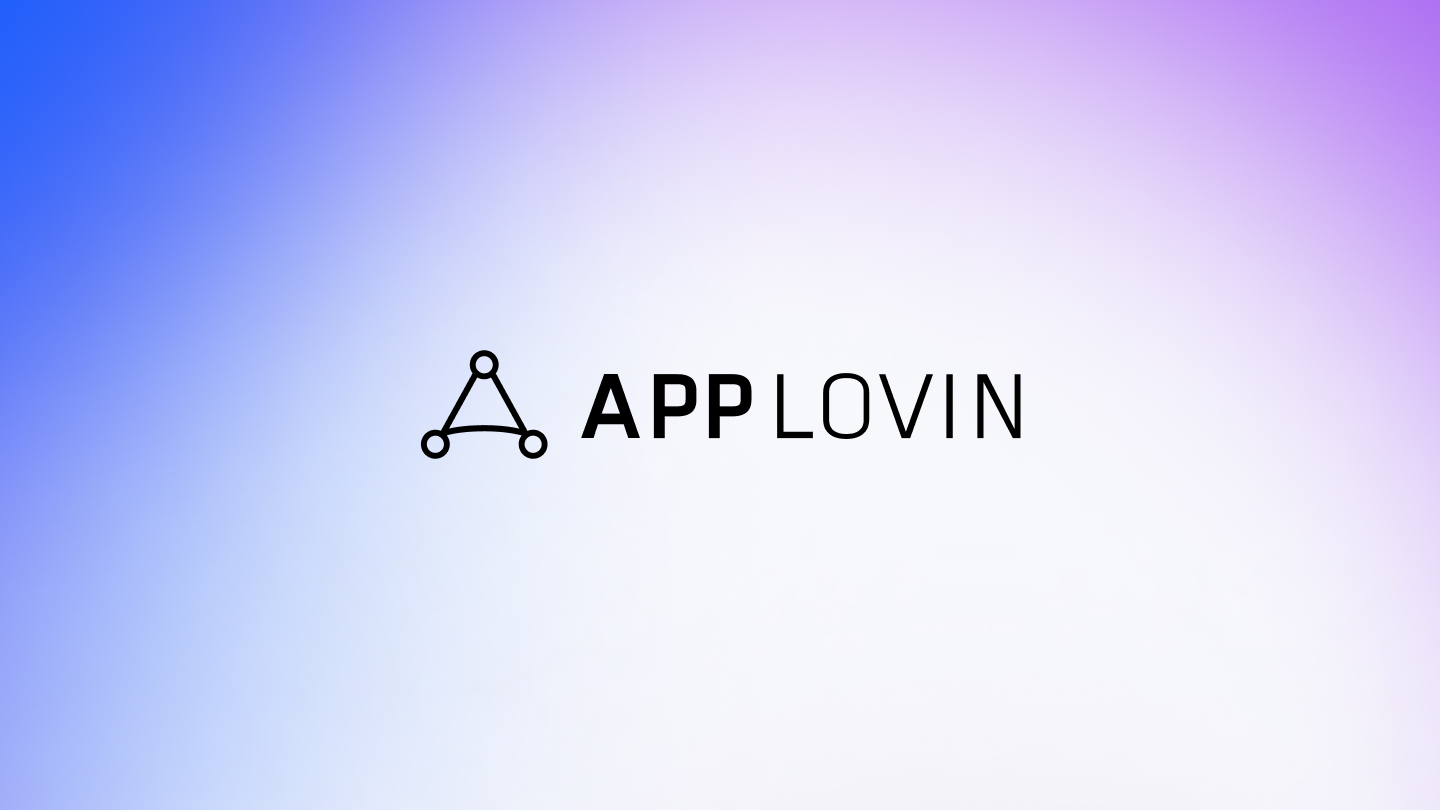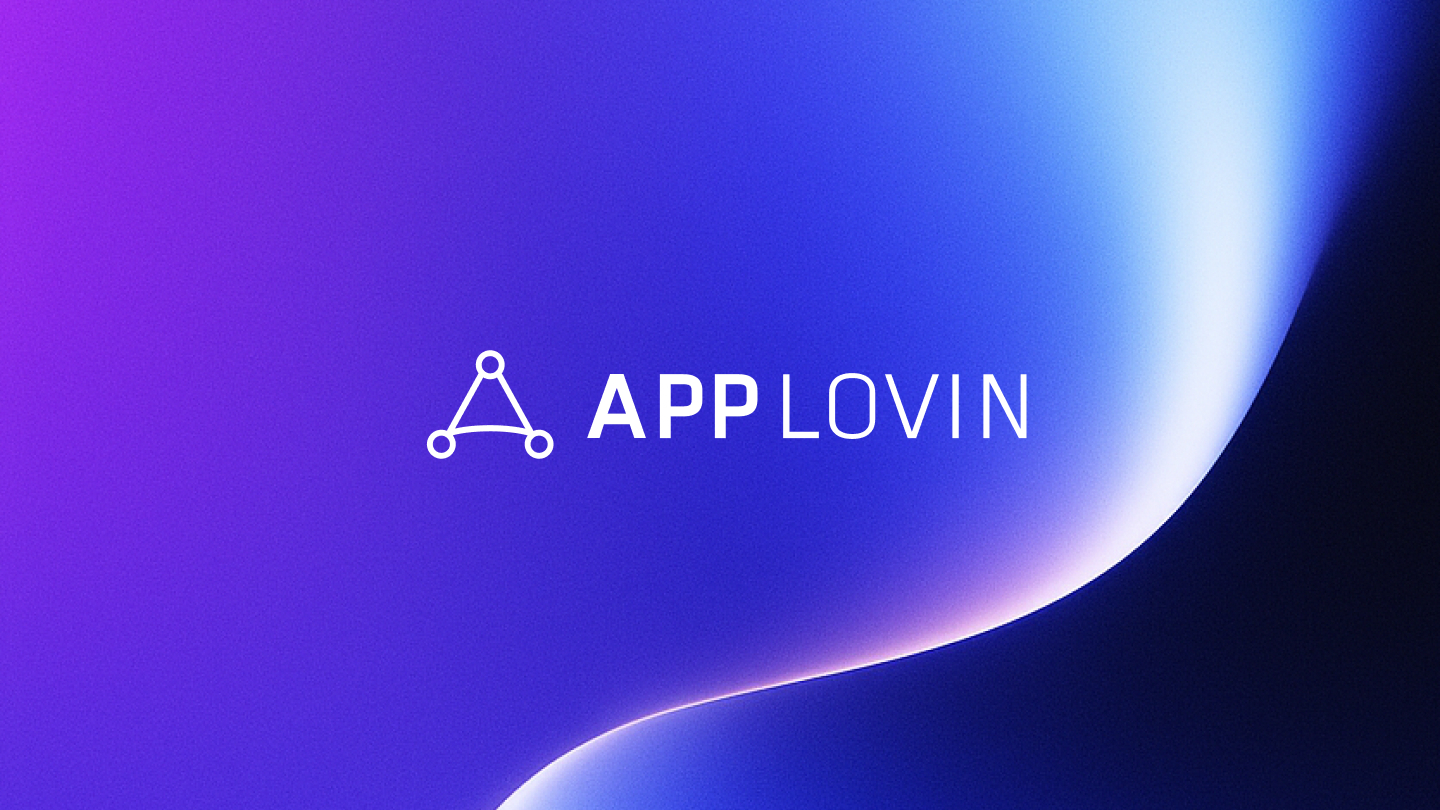Postback
What is a postback?
A postback, also called a callback, is a type of attribution — it pings an ad network when an in-app event or app install occurs. This notifies the developer of real-time data, letting them know what’s working and what isn’t so they’re able to optimize the ads they’re serving to garner more clicks.
Why are postbacks important?
A postback is the method by which data is pulled from one server to another, and postbacks are vital to anyone using server-based technology to provide real-time reporting for business intelligence.
Postbacks help businesses feel confident with reasonable certainty that their data is accurate, which in turn can be used to make data-driven decisions to improve performance. And because this data is updated in real-time when significant actions occur, developers can respond quickly to any necessary changes.
For example, if an update is pushed that results in user churn due to technical problems caused by the update, a company running postbacks on crash reports can spot the problem early and correct it. In another scenario, a developer running postbacks on in-app purchase events might notice a spike after a push notification campaign, thus informing them that the campaign is successful.
Postback strategies
Setting up postbacks for each stage of your user funnel is valuable to retargeting analysis because it can identify where users lapse and how long it takes them to go from one step to the next.
Businesses should consider when they want postbacks triggered. While it is possible to trigger postbacks on just about any event, requesting them on everything can be problematic. It puts an additional load on internal servers, which could potentially reduce server performance or even the app itself. Requesting postbacks on everything might also impede analysis.

